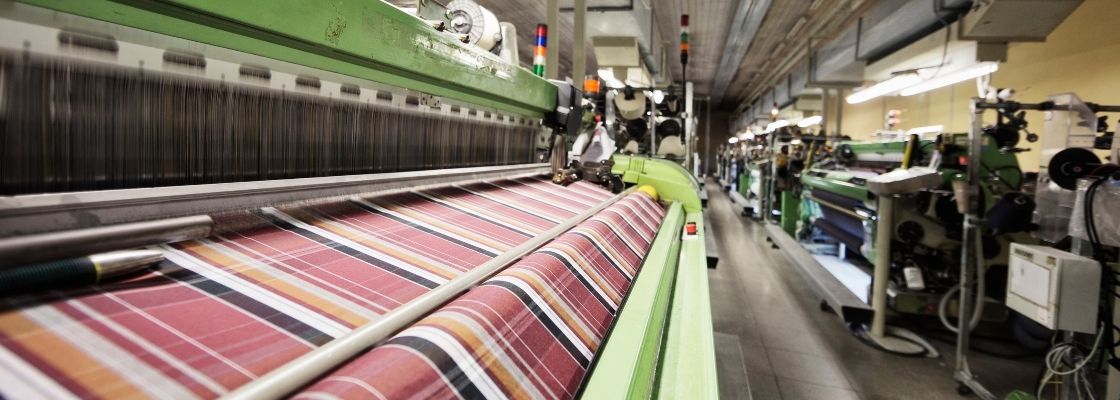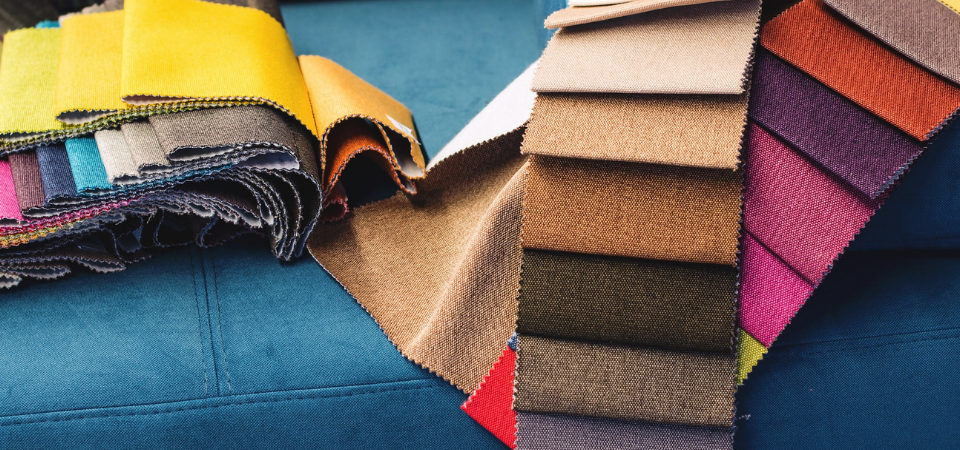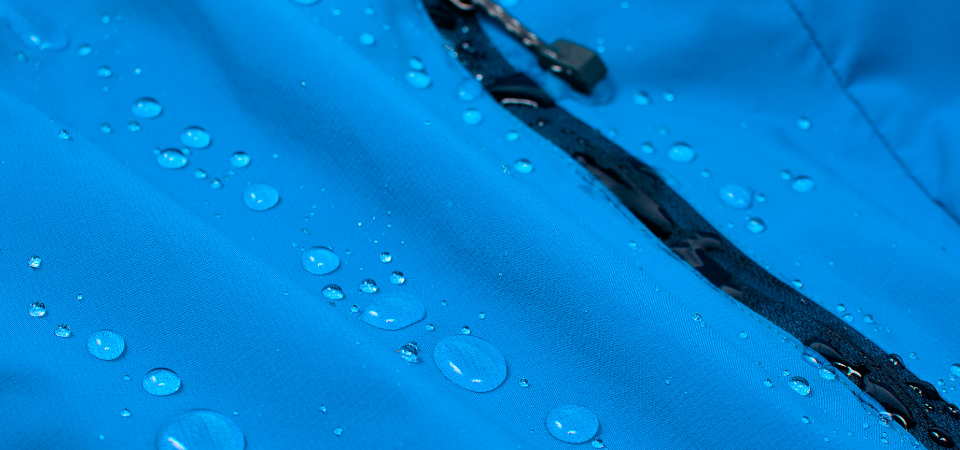
Mastering the Art: Knitting Machine Basics
December 21, 2023
The Precision and Versatility of Filament Yarn in Textile Artistry
December 27, 2023The textile industry is among the largest industries in the world and one of the essential sectors. It is also very important how textile products are produced that we are in contact with directly or indirectly. Many processes are carried out from the production stage of a fiber to the fabric, and chemicals are at the forefront at each stage. Textile chemicals are substances that give a different look and feature to the fabric and are used in the production of all kinds of textile products. Even though chemicals are known to be harmful, their proper use facilitates the use of textiles in daily life. There are restrictions on the use of these chemicals, as well as international standards in both US and Europe. Most yarn factories also produce according to these international standards. This article discusses in detail what textile chemicals are, what properties they give to the fabric and their benefits.
What Are Textile Chemicals?
In the textile industry, chemicals are used to give different properties to the fabric. The appearance of the fabric, its functionality and where to wear it are factors that determine the features significantly. Textile chemicals are composed of organic and inorganic chemicals and are used in the production process of natural or artificial fibers. These chemicals are sometimes used for better penetration of dye into the fabric, and sometimes for more durable. In the production of a textile product, chemicals are used at many different stages from the acquisition of fiber to its processing as a textile product. Since it is very difficult and costly to produce textile products without chemicals, its use is obligatory in a sense. Moreover, considering the advantages it provides when used in control, many features make it easier to use by adding to the fabric.
Different Types of Textile Chemicals
Textile chemicals are one of the indispensable materials used to give clothes a different look and feature. These chemicals are used in both natural and synthetic fibers. It is used in fibers like nylon, artificial silk or spandex among wool, linen, silk, or hemp. Some of the most commonly used chemicals and their properties are listed below.
1. Azo Dyes
Azo dyes are used for all kinds of colored products produced in the textile industry. It is found in approximately more than 60% of colorants. These chemicals ensure that textile products have a vibrant color. It can easily come out of the fabric and also release a chemical called aromatic amine. There is research that some aromatic amines cause cancer, so it can be dangerous. The types of dyes that cause these aromatic amines among azo dyes are prohibited for this reason. With the health of consumers in mind, many international regulations have been made about azo dyes. There are many standards for the safety of consumers, and when these standards are met, azo dyes can be used as textile chemicals to color products safely.
2. Organotin Compounds
Organotin compounds are also included among textile chemicals and are often used. It is known as a chemical that is used to prevent sweating and odor from forming in clothes. But it is also preferred as an antimicrobial. Its compounds are composed of tin and when this tin accumulates in the body it can affect the immune system. For this reason, the use of organotin compounds such as DOT and TBT in the United States is limited to a certain level.
3. Formaldehyde
Formaldehyde is another textile chemical and it is known as volatile organic compound. Being a volatile organic compound means that this chemical can be released into the atmosphere. The purpose of use is to prevent the fabric from breaking, add waterproof property to the fabric and increase the color retention. Just like other chemicals, high usage of this chemical is harmful and usually causes respiratory and skin problems in the body. There is a quantity limitation on the use of formaldehyde for the protection of consumer health. The limitation is determined separately both in the amount available in the product and in the amount in which the product will be released. In children’s products under 3 years of age 0.002%, 0.075% for adult and children textile products over 3 years old, and products that do not come into direct contact with the skin should be at 0.03% levels.
4. Chlorobenzenes
Chlorobenzenes is a textile chemical used as a carrier in the dyeing process. Its use is limited to synthetic fibers and is widely used in polyester-like products. It can accumulate in the body and cause respiratory problems or irritation of the skin. That’s why there is a quantity limitation on the use of chlorobenzenes in the textile industry.
5. Heavy metals
Another textile chemical used during dyeing is heavy metals. It contains metals such as mercury, antimony, lead, and chromium. These metals can accumulate when absorbed and lead to health problems. The use of some heavy metals in the textile industry is restricted in Europe.
Textile Chemicals Used in Dyeing
Textile chemicals used in dyeing vary by type of fabric. Oxidizing agents such as hydrogen peroxide are used when dyeing cellulose fibers, and the roksol series is used chemically when washing. Textile chemicals such as sulfuric acid or acetic acid are used to capture the appropriate pH level in the area where the dye is made. Chemicals such as sodium thiosulfate are also preferred to homogenize the dye. In addition, the chemicals used in natural and synthetic fabrics may be different from each other. For example, after dyeing polyester fabric, thickeners such as polyacrylates are used. Again, there is the use of acid for pH control. NNOC E dispersant is another chemical used for balancing in the dyeing process.
Benefits of Using Textile Chemicals
Textile chemicals provide many benefits when used correctly and in a controlled manner. It creates an advantage by changing and improving the properties of the fabrics and making them easier to use. One of the areas where it stands out is color constancy. Chemicals make the fabric absorb the paint better, increase the viability and durability of the paint. Extends the service life by increasing not only the paint, but also the general durability of the fabric with chemicals such as spraying agents. With chemicals such as softener, it is ensured that the fabric is a softer structure. A brighter and softer fabric also ensures a comfortable use. The chemicals used for whatever purpose significantly facilitate the production process. Production is accelerated and energy is saved. Moreover, some chemicals may contain eco-friendly formulations and thus sustainability is also supported.




